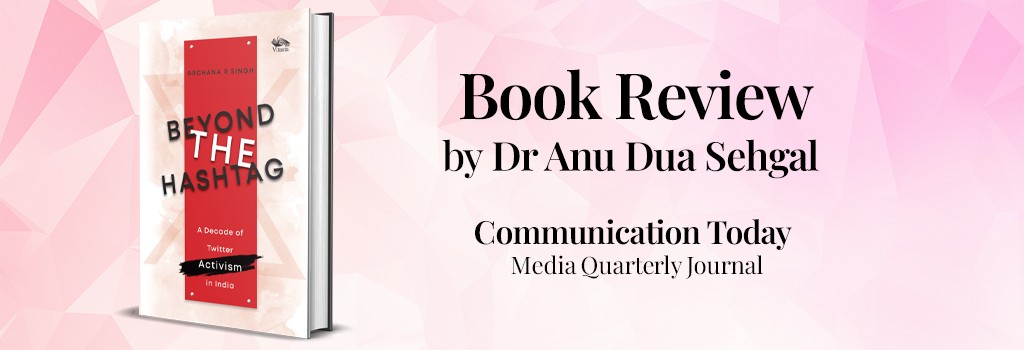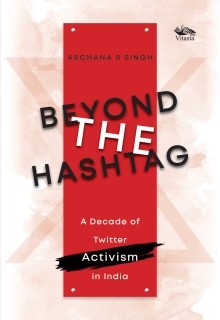The book's strength lies in its meticulous examination of conversations surrounding the two events. The author navigates through tweets by various stakeholders, maintaining a systematic and unbiased approach to data collection and analysis. The academic underpinning of the book is evident, yet it manages to appeal to a broader audience, including social media enthusiasts.
Structured across eight chapters spanning 269 pages, the book blends academic rigour with exciting insights. Beginning with an overview of social movements in India, it progresses to an in-depth literature review and a theoretical exploration of Mass Communication. The book's heart lies in the two case studies, presenting a wealth of data through figures such as photographs, tables, and pie charts. The author skilfully outlines implications and suggestions, offering a well-rounded perspective. One salient feature deserving recognition is the author's unwavering commitment to data integrity, a cornerstone reinforced by using big data analytics sourced from third-party agencies. This meticulous approach ensures a heightened level of objectivity, thereby lending credibility to the presented findings. Notably, incorporating sentiment analysis, economic insights, and comprehensive statistics about tweet metrics augments the analytical depth of the study.
The primary nature of the data employed in this research is a distinctive characteristic exclusive to this study. This exclusivity underscores the uniqueness of the dataset, contributing to the scholarly merit of the work. The author successfully identifies critical stakeholders in the two Twitter revolutions under examination. Additionally, the role of organised media within the Twitter sphere is discerned, shedding light on its impact on these digital movements. Furthermore, the author highlights users' lack of digital literacy, a crucial insight gleaned from the data.
Her approach contributes to the scholarly discourse, offering valuable insights into the dynamics of social media activism and the interplay between organised media and user engagement. The writing style is free-flowing and easy to understand.
As a social media strategist, I found this book to be a treasure trove of insights into the intricacies of collective action on Twitter, especially during significant events like the 2012 Delhi rape case and the 2021 Farmers' agitation. A systematic and unbiased analysis of tweets from various stakeholders provides a comprehensive collection of impactful and engaging tweets from these campaigns. This book is an invaluable resource for social media professionals looking to drive meaningful engagement and mobilise voices effectively on Twitter. While it could benefit from a comparison of content strategies between opposing sides during the 2021 Farmers Protest, it still offers surprising data findings hinting at the growing influence of Artificial Intelligence. The detailed analysis of tweets by influencers from diverse categories adds another layer of depth, making it a must-read for seasoned Twitter experts and aspiring strategists. Had Prof Singh conducted some interviews with the significant players she has identified; it would have added more value to the analysis by providing another layer of perspective. We can wait for another book from her addressing this issue.
Beyond the Hashtag is a valuable contribution to understanding Twitter activism, offering a nuanced perspective on the intersection of technology, social movements, and communication. It is a commendable resource for scholars, social media strategists, professionals and social media enthusiasts, bridging the gap between academia, industry and broader readership. I would recommend it to all those interested in social sciences, social movements and, of course, social media.
---
Communication Today Media Quarterly Journal, Vol. 28, No. 1-2
Reviewer : Dr Anu Dua Sehgal
Social Media Strategist & Professional, Chandigarh








